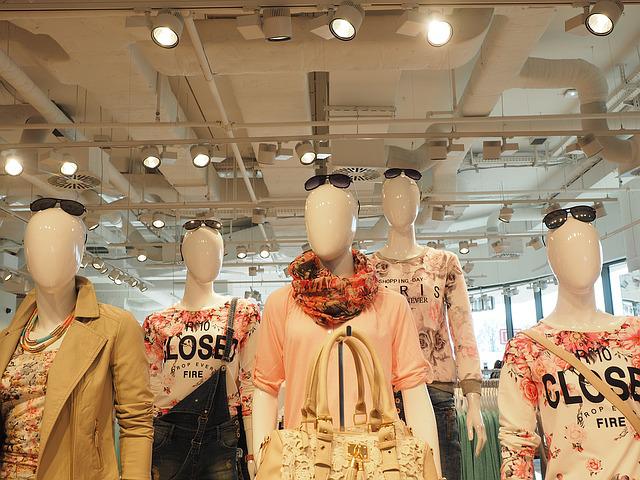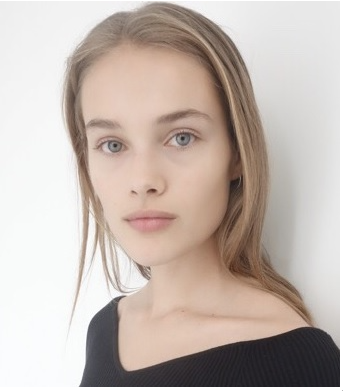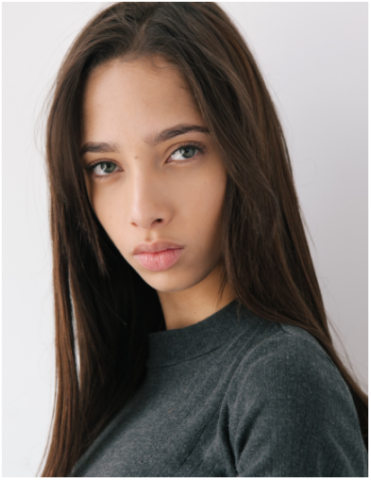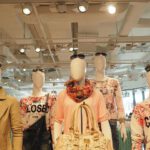
Fashion models can protect their image by trade mark registration?
Between 2017 and 2018, two fashion models from the Netherlands (Rozanne Verduin and Yasmin Wijnaldum) filed for registration towards the European Union Intellectual Property Office (EUIPO), two figurative marks depicting a portrait image.
| EU application 017358458 – portrait of Rozanne Verduin | EU application 017953534 – portret of Yasmin Wijnaldum |
https://euipo.europa.eu/eSearch/#details/trademarks/017358458
https://euipo.europa.eu/eSearch/#details/trademarks/017953534
Both trade marks were filed requesting protection for services provided by models, fashion models and mannequins.
In both cases, the EUIPO examiner appointed to the trade mark files in question raised an objection regarding the lack of distinctiveness of the marks in relation to the services for which protection is sought. Following these objections, the marks were rejected for the following reasons:
- The images in question consist of a portrait of some (young) women. Given the specificity of the services offered and the level of attention of the relevant public, the requested trade marks may not have the capacity to allow the public to distinguish these signs (immediately and without difficulty) from other images with a different commercial origin.
- The images does not have any special features that influence the consumer’s memory to such an extent that they can distinguish the services provided by other models, mannequins or fashion models. The form of presentation does not differ substantially from other faithful representations of a woman’s face. EU consumers see only a woman’s face, a face in the population of about 450 million people, thus diluting the function of origin.
- Compared to the services requested, it is not uncommon for these services to be provided with the image of the person actually providing these services, such as a mannequin or a fashion model. Countless portrait photographs of women exist in a wide range of fields, including the fashion world.
Both applicants challenged the rejection decision before the EUIPO Board of Appeal, which, following the arguments of the parties, surprisingly decided to annul the rejection decision issued by the EUIPO examiner and to register both marks. The reasons were as follows:
- Even if it is, indeed, more difficult to establish the distinctive character of a person’s portrait photograph, this fact does not mean that the registration of trade marks consisting exclusively of a person’s representation should be excluded from registration, if they could be immediately perceived as an indication of the commercial origin of the services in question, so that the public can, without any possibility of confusion, distinguish the services from those with another commercial origin.
- Contrary to those findings held by the EUIPO examiner, the representation of the fashion model face allows the relevant public, consisting of both the general public and the specialized public, to distinguish the services in question from those of another commercial origin and, in particular, as coming from the person in the photograph.
- The fact that a photograph is a faithful representation of what is described by nature does not mean that the image cannot be perceived as a trade mark, especially since the representation itself does not betray the requested services.
- The applications undoubtedly refer to the representation of the face of certain people, containing their face which is unique, the specific external features, in the form of a portrait type photo. In addition to the first and last name, the representation of the face in the form of a portrait-type photograph may serve to identify a particular person – however, if that person can be identified when a consumer comes in contact with the image, this does not preclude the registration procedures of the mark.
- Even if many other faithful images of the face of some women or men can be rendered, this aspect is not enough to reject the marks. The fact that there may be other people who resemble those shown in the images required for registration such as twins, people with similar traits, should be ignored because it is and should be treated as a simple exception. In the same vein, such an argument could be misused against any other type of trade mark: How many trade marks contain the same word? How many trade marks contain a stylization of the same animal? How many trade marks contain the stylization of the same pattern?
- Therefore, taking into account all of the above, the Board of Appeal finds that the images requested fulfill the essential function of a trade mark, that of distinguishing the services requested from those of a different commercial origin.
Thus, a new way is opened through which models, fashion models and mannequins can protect their portrait image under the protection of a trade mark. This change can revolutionize the fashion industry and the way it operates.
As an example, for the Romanian territory, through Law no. 8/1996 on copyright and related rights, provides regarding the protection of the portrait that “The use of a work containing a portrait requires the consent of the person represented in this portrait. Also, the author, its owner or possessor does not have the right to reproduce or use it without the consent of the successors of the represented person, for 20 years after his death”.
Unlike copyright on the portrait, the trade mark is protected for 10 years from filing for registration, and the period of protection can be extended with successive periods of 10 years, theoretically indefinitely. Moreover, the trade mark can be transferred more easily to a company, a modeling agency, an advertising agency or to any other natural or legal person.
Another advantage conferred by the registered trade mark is that its protection confers exclusivity and the right to prohibit the use of any other signs that could cause confusion in front of the relevant public. With a trade mark we can more easily ban reproductions of the portrait, especially if, for example, the image is caricatured (in which case the protection afforded by copyright and image rights may be limited).
In another train of thoughts, registration as a trademark comes as a simplification procedure, being much easier to present the trade mark certificate to prove your rights, to assign them or to request a ban on use without the owner’s consent.
However, the Trademark Offices and their examiners are not bound to take such previous decisions into account, as it is not a uniformed practice, so at the time of filing a trade mark application containing your own portrait it is possible that the examiner appointed to the trade mark file to reject the application if it does not consider that the image has the degree of distinctiveness necessary for registration or if it considers that the image cannot fulfill the essential function of a trade mark, respectively that of differentiating the goods and services of one origin from those of another.
However, if the trade mark registration procedure is successfully completed, counterfeiting actions (use of a trade mark without the consent of the owner representing the offense of counterfeiting) can be easily admitted later and presidential ordinances can be introduced by which the courts forbid urgent cessation of unauthorized use until the completion of the substantive action (in this case, the counterfeiting action).
Consequently, we recommend to all economic agents and models who operate in this industry and make a capital gain from using the portrait and image to contact a law firm specialized in intellectual property rights or an industrial property agency, in order to research and explore this possibility of registering the image and portrait photography as a trade mark.
Questions regarding Romanian trade mark law? We are happy to assist you with our partner:
Attorney at law from Bucharest
Official representative before OSIM, EUIPO and WIPO
Managing Partner at Grecu Lawyers and Nomenius






